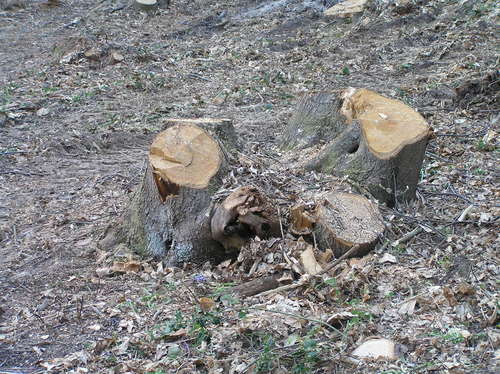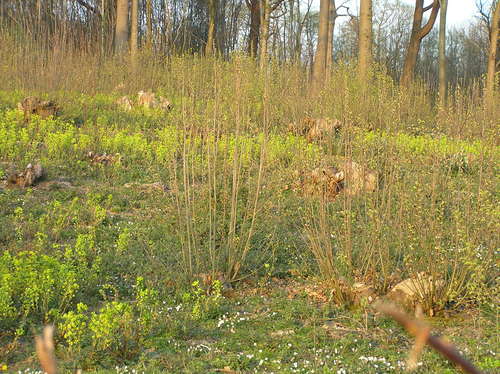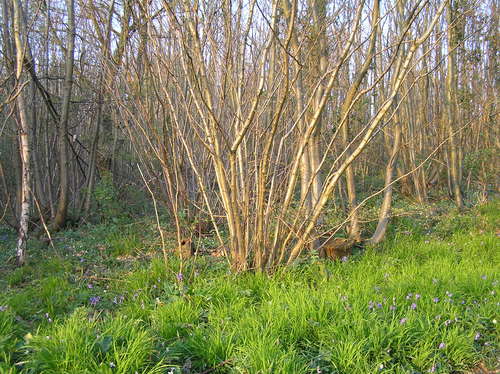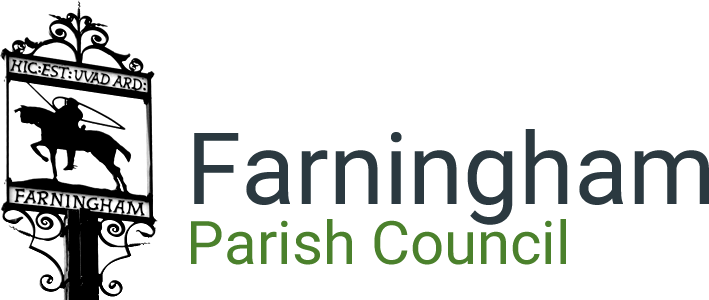How the Wood is Managed
Whilst much of the woods is classified as Ancient Woodland, all of the woodland reflects the hand of man to a greater or lesser extent. The wood is a living entity where nothing stays the same and many would say that even just the changes through the seasons are what lend the woods much of their magic. Never the less once man has intervened the wood will never develop in the way that nature perhaps intended and we must continue to manage the wood for its long term health and to ensure that the features that make it such a special place are not lost forever.
From time to time the coppice management can look brutal, but nature soon heals the apparent wounds and Sevenoaks District Council (SDC) who manage the wood, are following a plan that was devised by a professional woodland consultant and agreed with by Natural England and the Forestry Commission to benefit the woodland. This coppicing is already showing huge benefits to wildlife, with more woodland plant life, insects, and birds.
Before any woodland management is undertaken the Ranger Team work hard to ensure that any disturbance to wildlife is kept to an absolute minimum. The Wildlife and Countryside Act 1981 prevents the intentional destruction, removal or damage of active bird nests, so the Ranger Team and contractors carefully check the trees prior to felling.
It is widely recognised that mature Sweet Chestnut trees are of less value to nesting birds and Natural England and Forestry Commission allow coppicing during the normal nesting period. Generally, only larger birds such as pigeon, crow etc. will nest in the canopy of mature trees and their nests are clearly visible from the ground. Woodpecker holes and cavities are also looked for (although are rare due to the hard timber properties of Chestnut). Where these are found they are monitored to determine if there is an active nest. The majority of birds prefer to nest in denser/low growing vegetation away from the wind, weather and predators.
Operations for 2020
Most of the planned coppicing for this year was completed during the winter (2019/2020), but due to bad weather making the ground conditions unsuitable and so not to damage tracks and paths the work had to halted. With the return of favourable ground conditions this summer the coppicing was finished and tracks widened to enable the felled timber to be extracted and the works completed.
This coming winter, it is planned to coppice two blocks of sweet chestnut to provide more light to the colony of rare Deptford Pinks which in turn will hopefully lead to an increase in this important population. Coppicing of the woodland block by the education glade that was started last winter will be completed.
Finally, the badly eroded steps to the core of the woodland will be restored to their former glory.

A coppice stool immediately after coppicing

The same area at the end of summer in the year the coppicing was completed

The same area three years on, the chestnut coppicing growing away successfully and an explosion in the understorey flora that was previously shaded out by the over-stood coppice
Farningham Woods
Kill nothing but time, take nothing but photographs, leave nothing but footsteps
